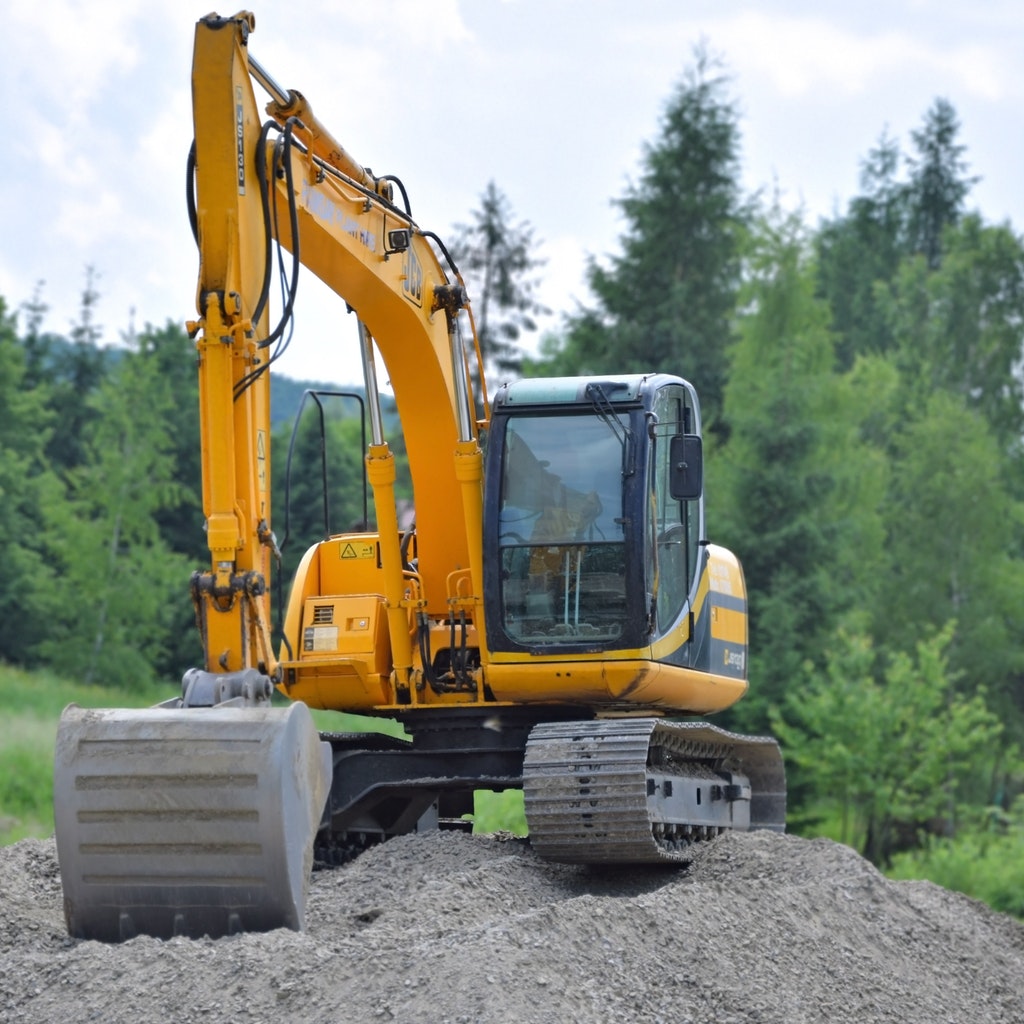

At present Portland cement is the primary binder used for concrete production with cement production worldwide exceeding 4.6 billion tonnes annually. A 1 kg of Portland cement production requires approximately 1.5 kWh of energy and emits 0.7 kg of CO2, corresponding to 5-7 % of CO2 emissions worldwide. In order to address this problem, the translation of waste material into construction materials than can be adopted within the construction industry is imperative to address these environmental problems. A potential alternative is the use of Alkali Activated Materials (AAM) which have been estimated to reduce CO2 emissions by 25-45. These AAM replace 100% of the Portland cement with a waste material and use a high concentration alkali to activate the material.
RMIT has been at the forefront of AAM research investigating a range of waste and supplementary materials, including Class F Fly Ash (a waste product from power generation from the burning of coal) and Ground Granulated Blastfurnace Slag (produced from the production of steel). This research has investigated both the mechanical properties and durability characteristics of the AAM produced as well as investigating the chemical and physical properties of the waste materials themselves, working with a number of industry partners to develop commercial products.
RMIT has a wide range of state of the art equipment and techniques to enable an understanding of the underlying reaction kinetics and chemistry controlling the activation process as well as verifying the short and long term performance of the materials in real structures. The equipment available includes small and large scale mechanical testing facilities. Exposure cabinets for accelerated testing of the products as well as exposure sites for long term testing. RMIT also has state of the art microscopy facilities including Scanning Electron Microscopy, X-Ray Diffraction, X-Ray Fluorescence, Fourier Transform – Infra Red analysis, Magic Angle Spinning Nuclear Magnetic Resonance, Zeta Potential apparatus, Thermo-Gravimetric Analysis and X-Ray Computer Tomography.
The findings of the research have been published in a range of high impact journals, reported at national and international conference and also reported in the Concrete Institute of Australia’s trade magazine.